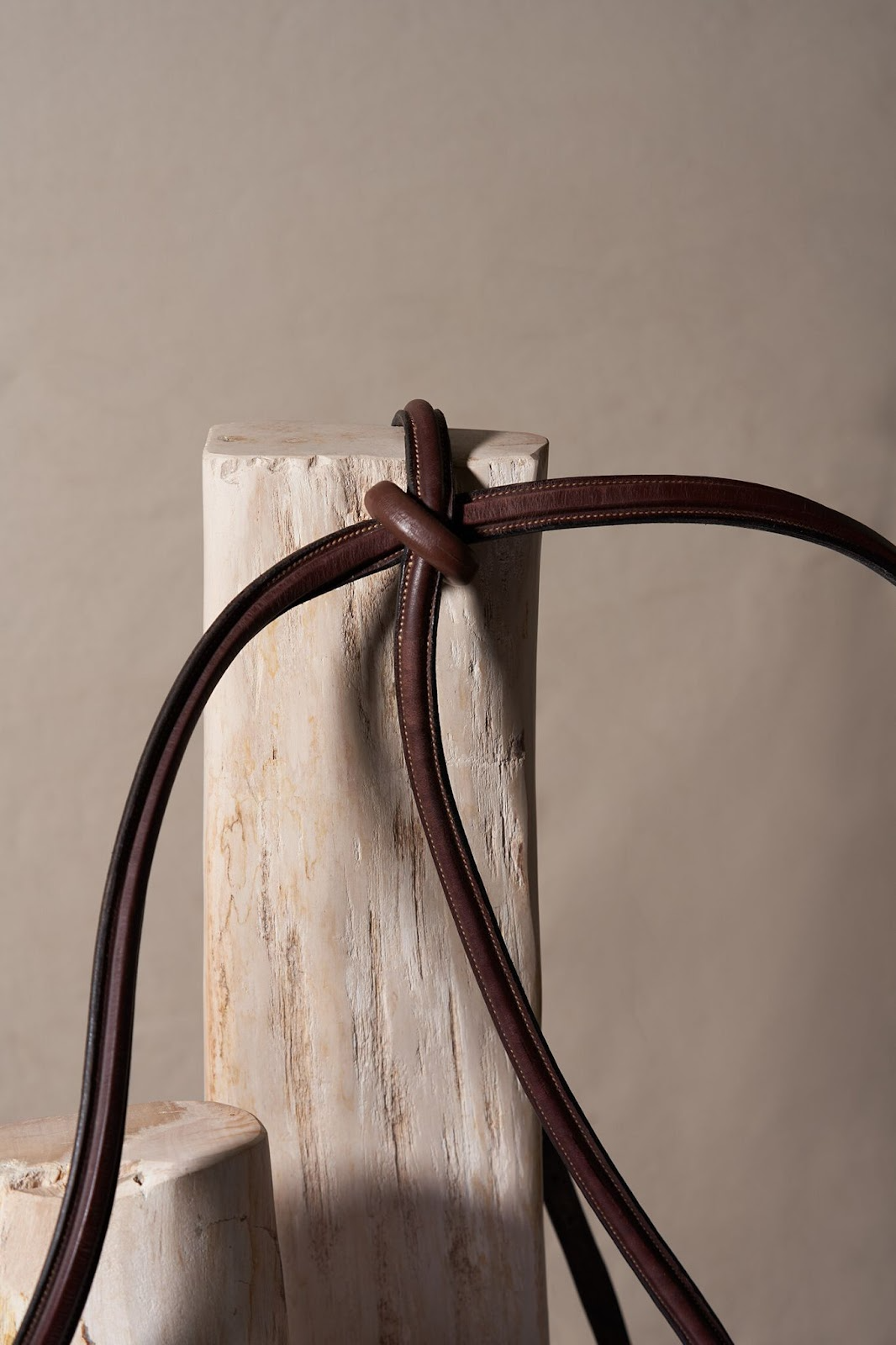
all photos: justinareinhart.com
How did you first become involved in equestrian photography?
I’ve turned to horses as a means of creative expression for as long as I can remember, but I truly began exploring equestrian photography when I was in high school. I got my first DSLR and began photographing vignettes of everyday moments at the barn.
I was very much drawn to quiet, still moments with interesting light and that theme still translates into my work today. As my skills developed, I began photographing friends at horse shows and portraits of them with their horses. That set me on the path of my career.
Which came first: Your love of horses or your love of photography?
Before the DSLR, I used my Mom’s film camera to photograph scenes I created with my model horses in the backyard. The addition of a digital point and shoot camera to our family introduced the ability to make Breyer stop motion videos with ease. I would write out storylines with elaborate plots and then record them. I had a lot of fun with it!
How did those two passions eventually come together?
Horses and photography came together pretty organically for me. If you love something, I think that is naturally where you will want to focus your energy.
I received a Bachelor's Degree in Honours Photography in 2020 from Sheridan College. When I was in school, I wasn’t sure that I would create a career out of equestrian photography for the first few years.
Branching out into other genres really helped me re-center and focus in on exactly what I wanted to create when I developed my thesis in creative equestrian photography.


You now have a lot of equestrian product photography work in your portfolio, tell us a little about that evolution.
While studying, I began exploring product photography and discovered how much I enjoyed working with products in the studio. I find the whole process of designing a set, lighting and styling the products to be very methodical and satisfying.
You spend a lot of time in art school studying and exposing yourself to different work so you can learn what you like and don’t like. I felt very drawn to the elements of shapes and texture that I saw in fashion and architecture photography and wanted to find a place in my work where these influences could combine with equestrian products.


My work speaks to softness, quietness, and has a sense of understated luxury. The visual language I use to create this harmonizes well with a lot of the underlying narratives and unspoken feelings we experience around horses.


What is the most challenging part of equestrian photography and what has been the most rewarding?
The most challenging part of equestrian photography has to be working with the horses themselves. A lot of my location work involves using the shape of the horse as a key element in the image.


I’m usually quite cropped in and building a studio around the horse - sometimes even on the horse - to photograph a product. One step will throw everything off with the lighting, so everything moves very quickly and has to have some degree of flexibility.
I’m always aiming for a sweet spot where the product looks its best through the styling and lighting, and the horse’s body is where I want it. At the end of the day though, they’re an animal and you have to respect that they have a cooperation limit - and some days that’s shorter than others. When everything comes together like planned, it’s incredibly rewarding.


You have your photography business on top of other work and school and your love of horses. Any advice for your fellow horse people finding their own balance?
I’m very organized with my time, and that has definitely helped me balance a lot on my plate at once. When I was studying, I would plan things out to the hour in a planner, on a big whiteboard calendar, and on my phone.
That being said, it’s very easy to overload yourself and sacrifice any time you have to decompress in order to fit it all in. I’m guilty of that. The last year has taught me how important it is to schedule time for yourself - whether that’s relaxing at home or at the barn - in order to sustain your work long term.
You can’t run on empty and nobody wins with burnout.
Do you have any dream projects you’re hoping for in the future?
Absolutely. I have such an appreciation for attention to detail and craftsmanship, so there are definitely a few saddle makers and equestrian apparel brands that I would love to work with. I would also like to work on projects with set building involved on a larger scale.
There are some equestrian fashion creative shoots I’ve been sketching out that involve creating a pretty big set to execute.
Your dream horse(can be real or imaginary), go!
I love watching Katie Laurie and Casebrooke Lomond! I would say he ticks a lot of the dream horse boxes for me.

